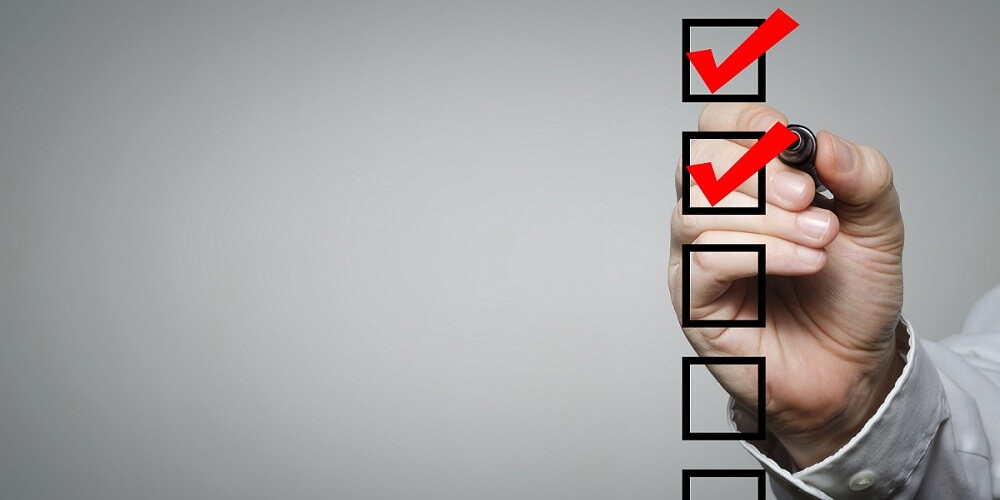
Export controls success story using the example of an export to Belarus
Trade restrictions do not mean that a sales market cannot still be attractive. We use the example of Belarus to explain how to ensure compliance.

Trade restrictions do not mean that a sales market cannot still be attractive. We use the example of Belarus to explain how to ensure compliance.
The independent German-Swiss non-governmental organization Libereco published statistics on December 6, 2021, about commercial advertising on the three main Belarusian TV channels. The statistics showed that six of ten commercials on Belarusian state television came from companies in Western countries, while one in three came from EU-based companies.
These figures indicate that, despite current economic sanctions, Belarus appears to be an attractive sales market even for EU companies. We offer the following success story to address this situation and the many questions from our customers about doing business with Belarus and to illustrate how companies active in Belarus should perform export control checks under EU law.
In addition to current embargo regulations against specific persons and countries, companies doing business with an embargoed country must always comply with general export control regulations under the EU Dual-Use Regulation and national export control regulations. This underscores how important it is that companies stick to the four-step export control screening process in their dealings with embargoed countries as well.
AEB's Trade Compliance Management software solutions make it possible to automate and seamlessly document all export control steps, greatly minimizing the risk of criminal violations of foreign trade laws and regulations. Including screening your business partners, running export control checks across jurisdictions, managing licences, and keeping tabs on risks across your organization.
The EU adopted its first sanctions against Belarus back in 2006. Regulation (EC) No. 765/2006 of May 18, 2006, which is still in force today, imposed restrictive measures against President Lukashenko and various Belarusian officials. The persons concerned are listed in Annex I of the Regulation.
The restrictive measures were augmented in 2011 to include a ban on the export of equipment that can be used for internal repression. The products concerned are listed in Annex III of the embargo regulation. An arms embargo was also imposed on Belarus.
Since October 2020, the EU has gradually tightened the restrictive measures against Belarus:
Since October 2020, the EU has imposed many other bans on the direct and indirect provision of economic and/or financial resources to individuals, legal entities, and organizations in Belarus. New goods-related restrictions have also been enacted that are similar in design to current sanctions against Russia.
The list of current sanctions against Belarus has since grown quite long and diverse. Companies wishing to do business with Belarus must comply with all sanctions while also observing the general provisions of EU export control law. Applying the aforementioned four-step export control process is helpful here.
The following four questions, in the order presented, help you safely navigate the legal requirements of export control law in the EU.
The four “W” questions for export controls are likely already very familiar to most readers, and they make a good deal of sense to everyone in theory. But uncertainties often arise when it comes to putting them into practice in the business world. The reason for such uncertainties is often the failure to apply the screening process defined here. Below we provide two success stories to illustrate the pitfalls in real-world implementation and provide tips on how to stay on the right path.
The Belgium-based automotive supplier A-SE has been supplying the Belarusian car manufacturer “Minskii Automobilnyi Zavod” (MAZ) with its products for several years. The Belarusian business partner MAZ places a new order with A-SE for the year 2022, which the sales department enters into the ERP system. Before the order confirmation is sent out to a customer, A-SE uses AEB’s Compliance Screening software to automatically check whether the business partner is on one of the defined sanctions lists.
The German-based electrical engineering company B-GmbH receives an attractive request for frequency changers from the Belarusian company Belanixy OOO. The frequency changers are listed in Annex I of the EU Dual-Use Regulation as dual-use items under 3A225. Belanixy OOO tells B-GmbH that Belarusbank will provide a bank guarantee for the transaction between B-GmbH and Belanixy OOO.
B-GmbH has a written final destination declaration from Belanixy OOO in the format of the BAFA template for the export of dual-use goods. Belanixy is not a military end-user, nor are its frequency changers used in military applications. B-GmbH uses AEB’s Export Controls software to check the transaction for existing bans or license requirements under EU export control law.
Monthly updates by email from AEB on relevant export controls, customs, and supply chain management topics. Sign up and don't miss out.
In 2006, the EU imposed the first sanctions against Belarus. As of 2022, these sanctions now include the following areas (status January 6, 2022):